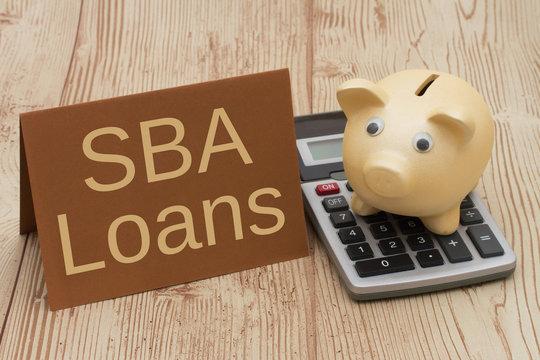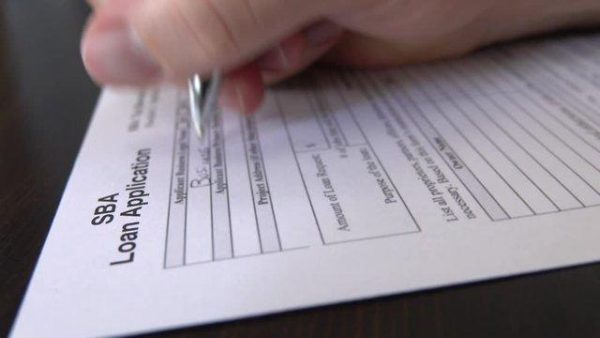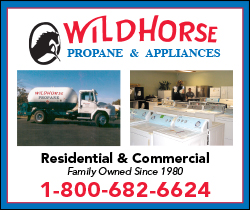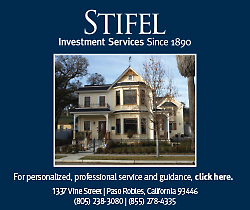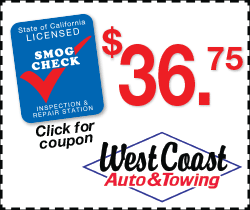SBA Loan Interest Rates Explained: A Quick Overview
SBA loans have garnered widespread attention among aspiring entrepreneurs for their favorable lending terms. These loans notably attract low-interest rates.
However, the interest rates on SBA loans aren’t cast in stone. Keeping up with changes is important before seeking this business financing option.
Read below for a handy guide to SBA loan interest rates.
Understanding SBA Loans
SBA stands for Small Business Administration. SBA loans are credit facilities backed by the United States Small Business Administration Department.
Like most state-backed funding mechanisms, SBA loan interest rates are incredibly low. Other lending terms tend to be favorable, making this financing option popular among small business owners.
Does The Government Issue SBA Loans?
The United States government doesn’t provide SBA loans. Rather, it acts as a guarantor.
SBA loans operate within the same framework as VA loans, guaranteed by the Department of Veterans Affairs (VA).
However, the government’s direct involvement makes SBA loans more attractive to borrowers than regular small business loans. Besides, any lender would happily approve loan applications where the state is a guarantor.
Why Do SBA Loan Interest Rates Change?
SBA loans boast the lowest interest rates among mainstream small business lenders in the country. However, as hinted, those rates can change depending on the prevailing circumstances.
Fluctuations in SBA lending rates are primarily due to the Federal Reserve policies.
Exploring SBA Interest Rates
SBA loans come in many forms, the most common being the 7(a) loans. SBA 7(a) loans are further divided into several categories as highlighted below:
1. Standard 7(a) Loans
Standard 7(a) loans are SBA loans between $500,000 and $5 million. These loans are typically processed under delegated authority by the Preferred Lender Program (PLP). However, you may also use the non-delegated Loan Guaranty Processing Center (LGPC).
Standard 7(a) loans enjoy a maximum SBA guarantee of 75% and take between 7 and 10 working days to process. They attract an interest of 9.50% – 11.25% depending on the repayment period, typically 7 – 25 years.
2. 7(a) Small
7(a) Small are non-revolving SBA loans of half a million or less, commonly processed through the PLP or LGPC.
The SBA guarantees 85% of 7(a) Small loans up to $150,000 and 75% for any amount greater than $150,000. The loans require 2 – 10 business days to process. Borrowers must also pledge collateral, except for $50,000 or less loans.
The prevailing interest rate for 7(a) Small loans is 11.25%.
3. 7(a) Express
As the name implies, 7(a) Express loans allow selected lenders to follow their own processes. For instance, a lender can process 7(a) Express applications and liquidate a borrower’s assets without SBA’s involvement.
As a trade-off for the extra privileges, 7(a) Express lenders are eligible for a lower SBA guarantee of 50%. The maximum lending amount is $500,000, with loans $50,000 or less requiring no collateral.
The current interest rate for SBA 7(a) Express loans is 13.00% – 15.00%, and borrowers have between 7 and 25 years to service the loan.
4. 7(a) Export Express
The 7(a) Export Express loan program provides most credit benefits as 7(a) Express loans, in addition to a higher SBA guarantee. Borrowers can access up to $500,000, with the SBA guaranteeing 90% for loan amounts of $350,000 or less and 75% for amounts over $350,000.
The purpose of 7(a) Export Express loans is to guarantee smaller-dollar lending with a view to nurturing companies that need to grow the export aspects of their businesses. The loan attracts an interest rate of 13.00% – 15.00%.
Like most SBA 7(a) loans, Export Express is accessible without collateral for $50,000 or less.
5. 7(a) Export Working Capital
Not to be confused with the 7(a) Export Express, 7(a) Export Working Capital (EWCP) loans are designed for businesses that need extra funding to ramp up their export revenues. The SBA guarantees up to 90% of the loan, and borrowers can access funding up to $5 million.
One noteworthy benefit of 7(a) Export Working Capital is that it doesn’t require putting up direct collaterals. Most lenders consider your export-related inventory and outstanding foreign accounts receivables as enough security.
Current interest rates stagger around 10%. It’s important to consult the SBA and the U.S. Export Assistance Center for insights into 7(a) Export Working Capital loans before pursuing this funding option.
6. 7(a) CAPLines
SBA CAPLines is a funding framework for small businesses that need to raise short-term working capital. The loan comes in different types, depending on a company’s immediate financial needs.
They include:
- Seasonal CAPLine – For seasonal inventory and accounts receivable surges.
- Contract CAPLine – For contracts, including the costs of meeting associated overheads and administrative expenses.
- Working CAPLine – This is to spur cyclical growth in businesses that cannot meet the credit conditions required to obtain long-term credit.
- Builders CAPLine – This is for small general contractors seeking financing to undertake property rehabilitation before listing the said property for sale.
All 7(a) CAPLines attract a lending rate between 8% and 13%.
Wrap Up
SBA loans were established to spur business growth by enhancing access to funding for millions of aspiring entrepreneurs. Being a government-backed funding mechanism, it’s understandable why these loans provide favorable lending terms.
But as mentioned, SBA loan rates depend primarily on the prevailing Federal Reserve policies. So, while the above-mentioned rates are up to date, they can fluctuate at a moment’s notice.


